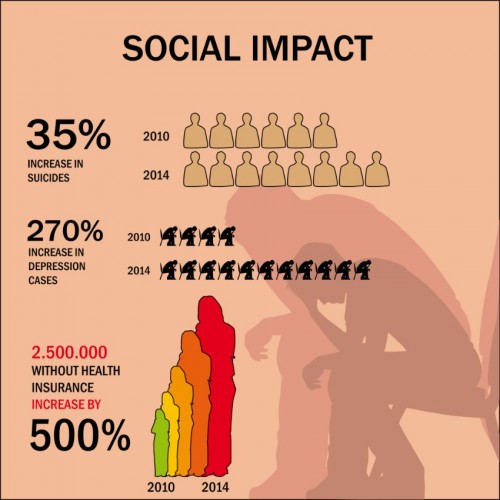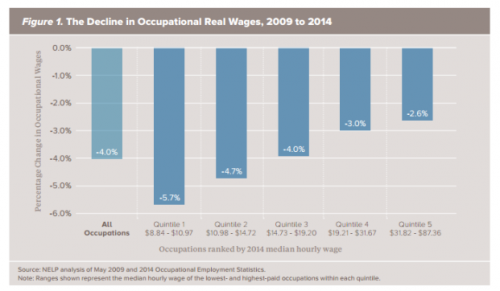 What creeps us out? Psychologists Francis McAndrew and Sara Koehnke wanted to know.
What creeps us out? Psychologists Francis McAndrew and Sara Koehnke wanted to know.
Their hypothesis was that being creeped out was a signal that something might be dangerous. Things we know are dangerous scare us — no creepiness there — but if we’re unsure if we’re under threat, that’s when things get creepy.
Think of the vaguely threatening doll, not being able to see in a suddenly dark room, footsteps behind you in an isolated place. Creepy, right? We don’t know for sure that we’re in danger, but we don’t feel safe either, and that’s creepy.
They surveyed 1,341 people about what they found creepy and, among their findings, they found that people (1) find it creepy when they can’t predict how someone will behave and (2) are less creeped out if they think they understand a person’s intentions. Both are consistent with the hypothesis that being unsure about a threat is behind the the feeling of creepiness.
They also hypothesized that people would find men creepy more often than women since men are statistically more likely than women to commit violent crimes. In fact, 95% of their respondents agreed that a creepy person was most likely to be a man. This is also consistent with their working definition.
Generally, people who didn’t or maybe couldn’t follow social conventions were thought of as creepy: people who hadn’t washed their hair in a while, stood closer to other people than was normal, dressed oddly or in dirty clothes, or laughed at unpredictable times.
Likewise, people who had taboo hobbies or occupations, ones that spoke to a disregard for being normal, were seen as creepy: taxidermists and funeral directors (both of which handle the dead) and adults who collect dolls or dress up like a clown (both of which blur the lines between adulthood and childhood)
If people we interact with are willing to break one social rule, or perhaps can’t help themselves, then who’s to say they won’t break a more serious one? Creepy. Most of their respondents also didn’t think that creepy people knew that they were creepy, suggesting that they don’t know they’re breaking social norms. Even creepier.
McAndrew and Koehnke summarize their results:
While they may not be overtly threatening, individuals who display unusual nonverbal behaviors… odd emotional behavior… or highly distinctive physical characteristics are outside of the norm, and by definition unpredictable. This activates our “creepiness detector” and increases our vigilance as we try to discern if there is in fact something to fear or not from the person in question.
Re-posted at Mental Floss.
Lisa Wade, PhD is an Associate Professor at Tulane University. She is the author of American Hookup, a book about college sexual culture; a textbook about gender; and a forthcoming introductory text: Terrible Magnificent Sociology. You can follow her on Twitter and Instagram.














